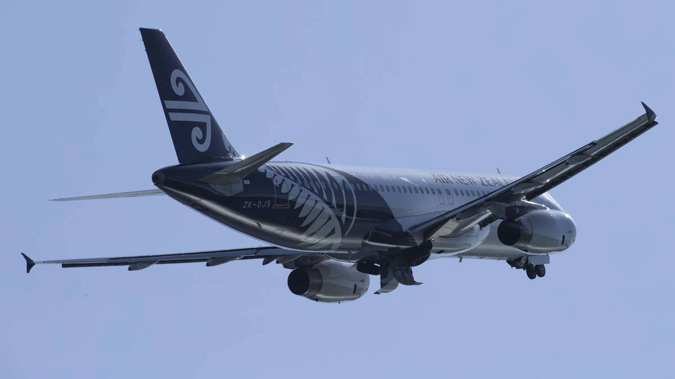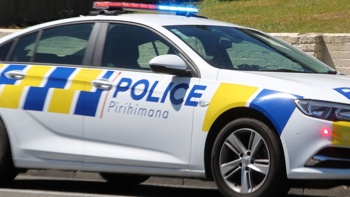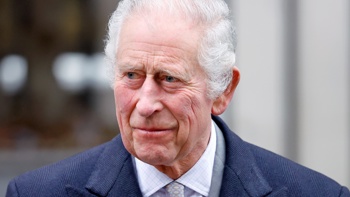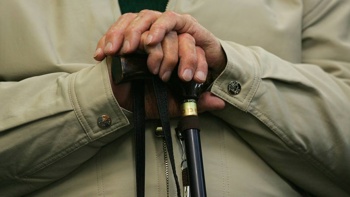
Two of Auckland's most affluent areas were most affected by a trial flight path which will now be modified to take aircraft further out to sea.
Following the trials airlines, Airways and Auckland Airport have released a report that settles on a new ''smart approach'' that takes aircraft over east Auckland.
Noise monitoring of the satellite-guided flights at eight sites over a two-year period was found by experts to produce less than one decibel, or imperceptible, at most of them.
However, there were two exceptions.
In Whitford there was a "just perceptible" four decibel difference and in Remuera where the difference was an "imperceptible" two decibels.
The new approach provides a more direct path to the airport which saves fuel and reduces carbon emissions.
Board of Airline Representatives executive director Justin Tighe-Umbers said notwithstanding the low level of aircraft noise measured in the communities during the trial it would be modified before introduction next year.
/arc-anglerfish-syd-prod-nzme.s3.amazonaws.com/public/BUVRLKNBGFF5ZETZEGBS3PGXTA.jpg)
It was now almost 1.5km off the coast of Eastern Beach, Mellons Bay, Cockle Bay and Waikiteroa Reserve, on average, and about half a kilometre south-east of Whitford.
Aircraft using the modified flight path would also be higher at 5000 feet (1524m) when they flew over Bucklands Beach and 2800 feet when flying south-east of Whitford.
''While these modifications will result in a slightly longer flight path for aircraft than trialled, they will reduce the impact of the flight path on the local communities," he said.
The trial concluded that the new flight path did not significantly disturb local wildlife and did not impact property prices.
More than 700 online submissions were received following a draft report with nearly all of them opposed to the smart approach.
Many opponents wanted the flight paths over less populated parts of Auckland, had bought their houses when there was little over-flight by planes and were worried about negative health and safety impacts.
A number of residents at a public meeting disputed Airways' on the location of aircraft.
Auckland Airport's general manager of operations, Anna Cassels-Brown, said the modified flight path would become operational in March next year.
Aircraft would only be able to use it between 7am and 10pm, with a maximum of six flights per day.
''That maximum number of flights per day can be increased to 10 in the future if certain conditions, outlined in the final report, are met.''
A new satellite-guided flight path to Auckland Airport from the south would be trialled from March 2019, she said.
During the trial 441 aircraft flew the trial path, saving 3396 nautical miles (6289km) and 78,710kg of fuel, and reducing carbon dioxide emissions by 248,724kg.
/arc-anglerfish-syd-prod-nzme.s3.amazonaws.com/public/N77IJJIXMRD6DJYXHRPVDCYBYY.jpg)
An Emirates A380 on approach to Auckland Airport. (Photo / Brett Phibbs)
Traffic into Auckland Airport has been growing during the past two to three years.
During the year to the end of March there was a 3.6 per cent increase in aircraft movements to 173,870. Smart approaches were becoming more common in New Zealand – operating in Auckland, Christchurch, Queenstown and shortly in Wellington.
The approaches allow a constant descent when aircraft are on a final runway approach allowing engines to run close to flight idle rather than the traditional step down approach when planes use normal engine thrust.
Aircraft noise campaigners Plane Truth said it was an improvement but there were concerns.
Low level continuous descent arrivals (CDAs) have proven to be the most annoying of all arrivals in a recent European study, said spokeswoman Lorraine Clark.
Slower speed which lengthens the time of noise exposure is annoying, she said.
''Acknowledging the presence and rights of those on the ground is promising. Only time will tell if this compromise is sufficient to alleviate the noise issues of this particular activity. Here's hoping.''
Take your Radio, Podcasts and Music with you









